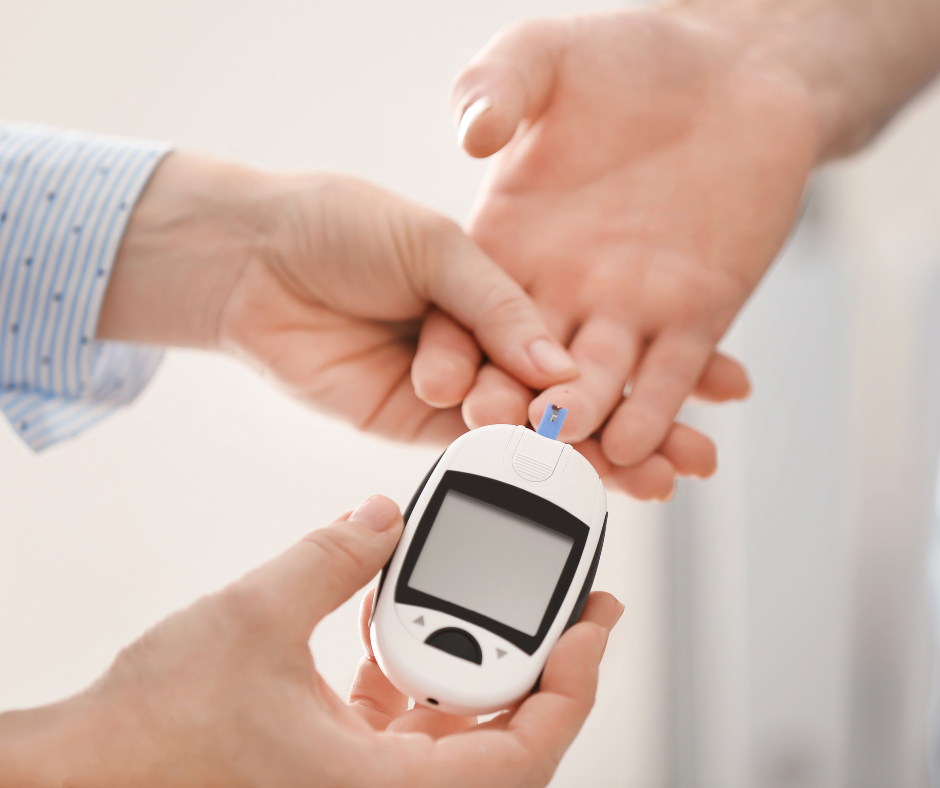
According to research, the most common reason for diabetic hospitalization is foot ulcers. These are not merely superficial cuts; they are open sores in the skin that can become extremely dangerous if left untreated. While the severity of these sores is well established, many people, not even diabetics themselves, understand how high blood sugar could possibly contribute to infection. At Syracuse Podiatry, we educate our patients every day on proper diabetic foot care, and today, we’ll be doing the same by going over the direct causes of ulcers.
What Are Diabetic Ulcers and Wounds?
A diabetic ulcer is a deep, open sore that develops on the skin, often extending through its full thickness. While ulcers are the most severe, other diabetic wounds include blisters that don’t heal, persistent calluses that break down, or any cut or scrape that struggles to close. These wounds are particularly problematic for people with diabetes because their bodies’ natural healing processes are often compromised.
The Underlying Causes of Diabetic Ulcers
But it’s a cascade of consequences more so than the high blood sugar itself. The development of diabetic foot ulcers and non-healing wounds typically stems from a combination of long-term diabetes complications:
- Neuropathy: High blood sugar levels over time damage your nerves and interfere with the feeling in your feet. That’s why you may not feel minor injuries like a small cut from a sharp object, a blister from ill-fitting shoes, or even constant pressure from an uncomfortable sock. These unnoticed injuries then progress without the usual pain signals.
- Peripheral Artery Disease and Poor Circulation: Diabetes often leads to a hardening and narrowing of the arteries, aka atherosclerosis. When these arteries in the legs and feet are affected, blood flow is significantly reduced, which means less oxygen and fewer nutrients reach the tissues. This poor circulation can even lead to tissue death.
- Foot Deformities & Pressure Points: Long-standing diabetes can also lead to structural changes in the feet, such as the bone and joint destruction we see in Charcot foot, bunions, or hammertoes. These deformities create abnormal pressure points on the skin, which can easily break down into ulcers when combined with neuropathy.
- Weakened Immune System: Elevated blood sugar levels can also impair the function of immune cells and make the body less effective at fighting off bacteria and other pathogens. This means that once a wound develops, it’s more susceptible to infection, and the infection can spread more rapidly.
- Inadequate Footwear: Yes, even your shoes can be a culprit. They create friction and pressure on vulnerable areas that lead to blisters, calluses, and eventually ulcers.
For advice concerning any podiatric concerns you’re dealing with, the expert team at Syracuse Podiatry is here to help guide you. Contact us today so Dr. Ryan L. D’Amico, Dr. Donal M. Erickson, Dr. Keith Sherman, and Dr. Nicholas Cronin can elevate your foot health and help your feet feel their best.
